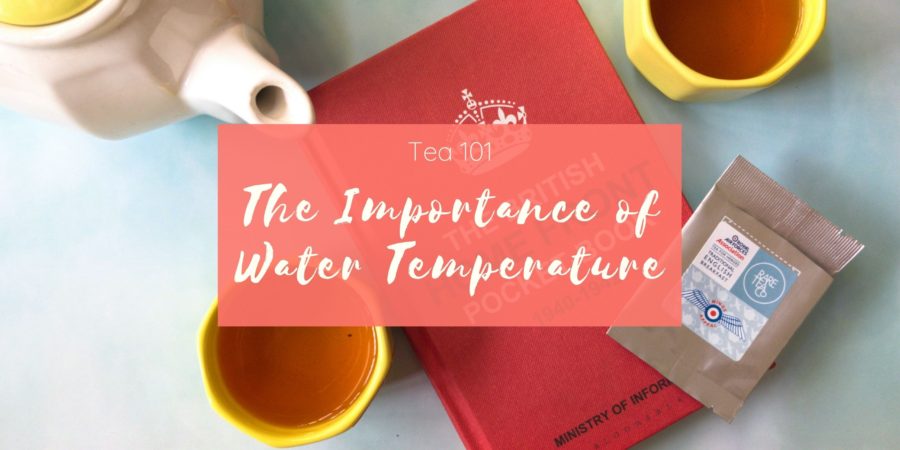Hello friends! I am very slowly going through my tea stash, but I was inspired by one of the #TeaTogetherTuesday prompts to write this post (which is out of sync with everyone… oops!).
If you’re new to tea, then the first and most important thing I think you should learn is: the right temperature you need to brew tea. If you use water that’s too hot, the odds are that your tea will come out tasting bitter and unpleasant. If the water you use is too cold and you don’t steep it for long enough, you may not taste much and you might miss a few fragrances.
In general, these are the temperatures (in celsius) I would recommend you use:
- Dark teas (e.g. Puer): freshly boiled water
- Black Teas: between 90 to 100 degrees
- Oolong teas: anywhere between 70 to 90 degrees
- Green tea/Yellow tea: ranging between 60 to 80 degrees, depending on how delicate the leaves are
- White tea: between 70 to 80 degrees
As you can see, these temperature ranges can be incredibly wide! That’s because the optimal temperature of the tea depends on how the leave was grown and processed (for example, a gyokuro will require a much lower temperature water than a sencha). So apart from a general temperature range, I’d like to share some general principles for deciding what temperature water to use:
- If the tea leaves are tightly rolled up or curled, you can use hotter water (especially applicable for oolongs)
- If the leaves are heavily oxidised, you can hotter water (also especially applicable for oolongs)
- If you’re unsure what temperature to use, try something slightly cooler and adjust from there. For example, if you’re looking at a green tea and you don’t know if you should be using 60 degrees or 70 degrees water, start with 60 degrees. If it’s too lower and you don’t taste much, you can steep the tea a bit longer and then use hotter water next time. But if you jump straight into using the hotter water and it’s a mistake, you’re stuck with bitter tea.
- If you don’t want to deal with the temperature thing, cold brew tea is always an option. You might sacrifice some fragrance that comes with hot water, but you’ll also avoid the risk of bitter tea.
I hope that this post helped! Tea is mostly water and the temperature of the water plays such an important role in how your tea is going to taste.

This is helpful. Thanks for sharing! 🙂
Thank you! I’m glad you found it helpful!
It’s such a shame that this isn’t more common knowledge cause I’m sure people are trying tea at the wrong temperature and being disappointed!
Yes!! Whenever someone tells me their impression of tea = bitter, I am fairly certain they’ve been using water that’s too hot (and/or steeping the tea for too long)!
As a British person who *loves* her tea, I’ve always used freshly boiled water for all black leaf tea (and tea in teabags).
I agree about not steeping it too long, though.
But… that’s apparently when the bitter compounds are released which I understand have a greater antioxidant effect – optimum 10 mins for black leaf tea, and no more than 3 minutes for black bagged tea.
So as for bitterness versus polyphenols, it’s a case of ‘swings and roundabouts’ – as we say around these parts. ;o)